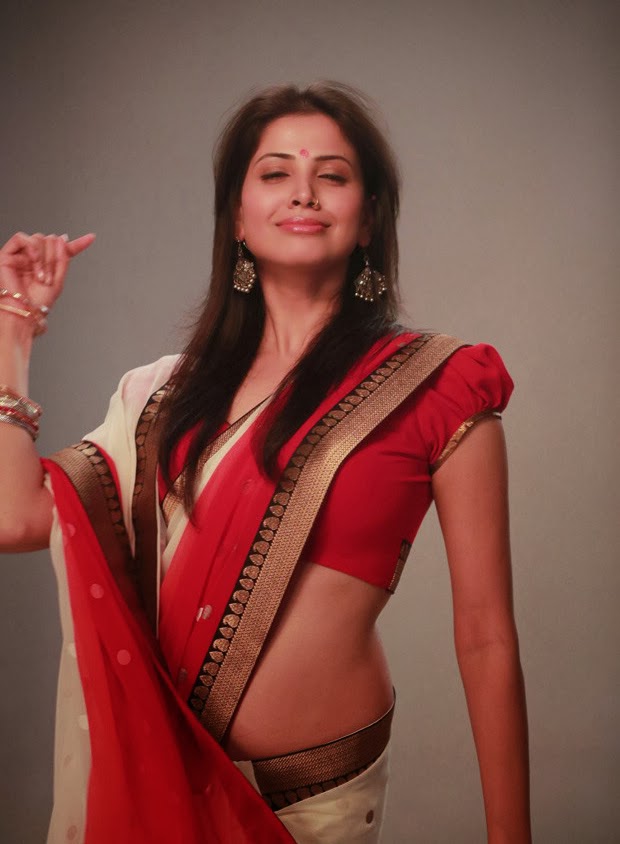Marathi is an Indo-Aryan language. It is the official language of Maharashtra state of India and is one of the 23 official languages of India. There were 73 million speakers in 2001. Marathi has the fourth largest number of native speakers in India The major dialects of Marathi are called Standard Marathi and Warhadi Marathi. There are a few other sub-dialects like Ahirani, Dangi, Vadvali, Samavedi, Khandeshi, and Malwani. Standard Marathi is the official language of the State of Maharashtra.
Marathi is primarily spoken in Maharashtra and parts of neighbouring states of Gujarat, Madhya Pradesh, Goa, Karnataka, Chhattisgarh and Andhra Pradesh, union-territories of Daman and Diu and Dadra and Nagar Haveli. The cities of Baroda, Surat, and Ahmedabad (Gujrat), Belgaum (Karnataka), Indore, Gwalior (Madhya Pradesh), Adoni (Andhra Pradesh) and Tanjore (Tamil Nadu) each have sizable Marathi-speaking communities. Marathi is also spoken by Maharashtrian emigrants worldwide, especially in the United States, Israel, Mauritius, and Canada.
Marathi is the official language of Maharashtra and co-official language in the union territories of Daman and Diu[3] and Dadra and Nagar Haveli. In Goa, Konkani is the sole official language; however, Marathi may also be used for all official purposes. The Constitution of India recognizes Marathi as one of India's twenty-two official languages.
In addition to all universities in Maharashtra, Maharaja Sayajirao University of Baroda (Gujarat),[10] Osmania University (Andhra Pradesh), Gulbarga university (Karnataka), Devi Ahilya University of Indore[11] and Goa University (Panaji)[12] all have special departments for higher studies in Marathi linguistics. Jawaharlal Nehru University (New Delhi) has announced plans to establish a special department for Marathi.
Marathi is one of several languages that descend from Maharashtri Prakrit. Further change led to apabhraṃśa languages like Marathi, which may be described as being a re-Sanskritised, developed form of Maharashtri Apabhraṃśa. The more recent influence of Persian and Urdu make Marathi superficially similar to Hindi.
Since 1630, Marathi regained prominence with the rise of the Maratha empire beginning with the reign of Chhatrapati Shivaji (1627–1680). Subsequent rulers extended the empire northwards to Delhi, eastwards to Odisha, and southwards to Thanjavur in Tamil Nadu. These excursions by the Marathas helped to spread Marathi over broader geographical regions. This period also saw the use of Marathi in transactions involving land and other business. Documents from this period, therefore, give a better picture of life of common people - who spoke the language - than the documents in Persian which was used previously but understood only by the elites of the Islamic rulers.Sant Dyaneshwar wrote largest treaty of the initial time A D 1290 titled Dyaneshwari. later, Saint Tukaram made important contributions to Marathi poetic literature in Warkari Pantha. Saints like Samartha Ramdas (Dasboth), Sant Namdev (his marathi couplets were even taken to Punjab), Moropant (creator of 'Aryas") and many others created famous literary works in Marathi. There are lot of Bakharis written in Marathi and Modi lipi (shorthand marathi) from this period. But by the late 18th century, the Maratha Empire's influence over a large part of the country was on the decline.
.jpg)



0 comments:
Post a Comment